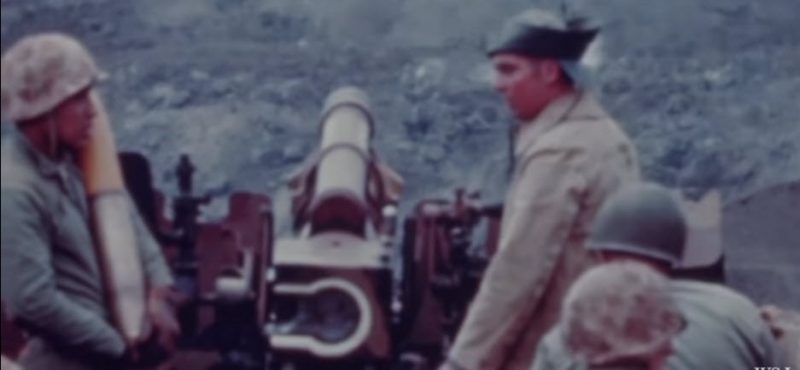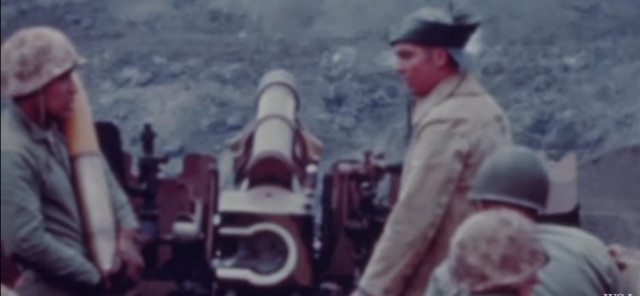The Marine Corps is sending a vast collection of never-before-seen Marine Corps films to South Carolina specialists for restoration, preservation and to be shared online for public access as well.
The collection of silent, colored and never-before-seen Marine Corps films include footage of Marines fighting on the beaches of Iwo Jima during WWII as well as those who stood amidst the sandbags during the Siege of Khe Sanh, Vietnam in 1968.
As a matter of fact, some of the images that are part of these never-before-seen Marine Corps films are over seven decades old and give the viewers an intrepid you-were-there look at what was life like in the military. Most of the films in the collection were not even viewed by those who took them themselves — the combat photographers who shot them with the use of hand-held cameras.
The collection of never-before-seen Marine Corps films dates back from the late 1930s to the Second World War until the Korean and Vietnam Wars.
According to Thomas Baughn, the Marine Corps historian who manages the Marine Corps University’s film repository, preserving the one-of-a-kind leatherneck legacy Marines leave is very vital as “understanding the history and tradition of the Marine Corps is an important part of each Marine’s ethos”.
Part of the Never-Before-Seen Marine Corps Films:
Baughn added that the never-before-seen Marine Corps films are quite a powerful media. Some of the events shown in the footage collection include Marines wading their way through the tide in Guadalcanal. How they evacuated the wounded from the Japanese island of Iwo Jima and how these servicemen tramped their way in a single-file through the hillsides after Chinese troops tried to wipe out the whole 1st Marine Division in the Chosin Reservoir.
All in all, the never-before-seen Marine Corps films number to about 16,000 reels of 16 mm and 35 mm films which, when converted to viewing hours, would equal to 2,000.
And while a small portion of the never-before-seen Marine Corps films have been sent to the National Archives for historical purposes, Baughn admitted that they don’t have the funds and manpower to do the restoration and preservation on their own, thus, prompting them to look for help outside the government. The end game of the whole process will be to turn the large footage collection into an all-digital archive.
Meanwhile, the University of South Carolina is eager to do the task of restoring, preserving and ultimately putting the never-before-seen Marine Corps films on digital. According to Greg Wilsbacher, the university’s film unit director, the work ahead is great and very laborious, but their eagerness stems out from the strong support the Marine Corps get from the state.

